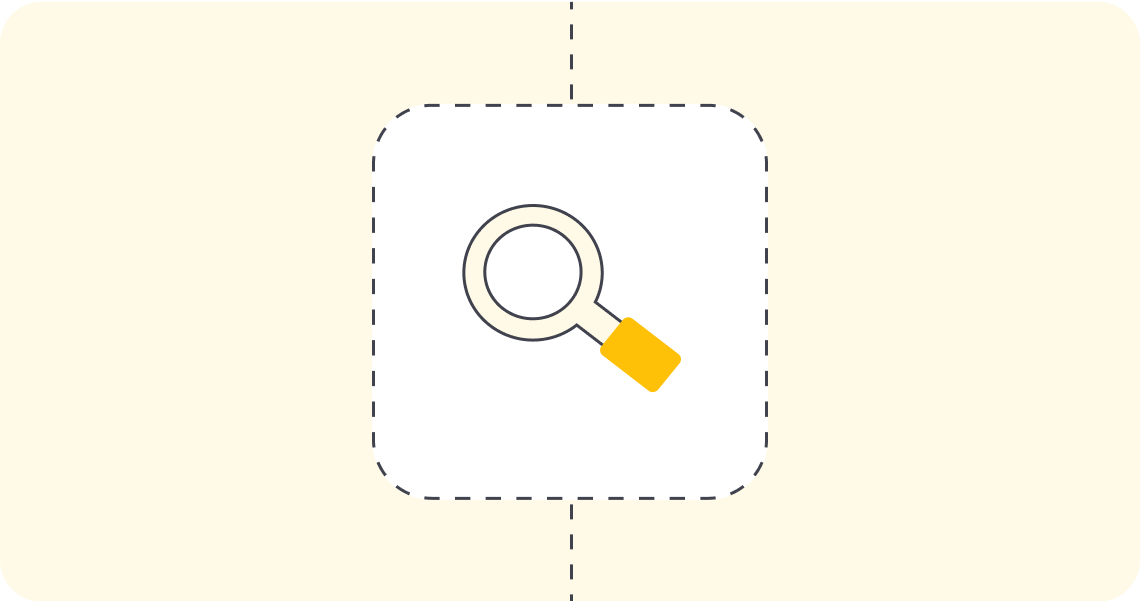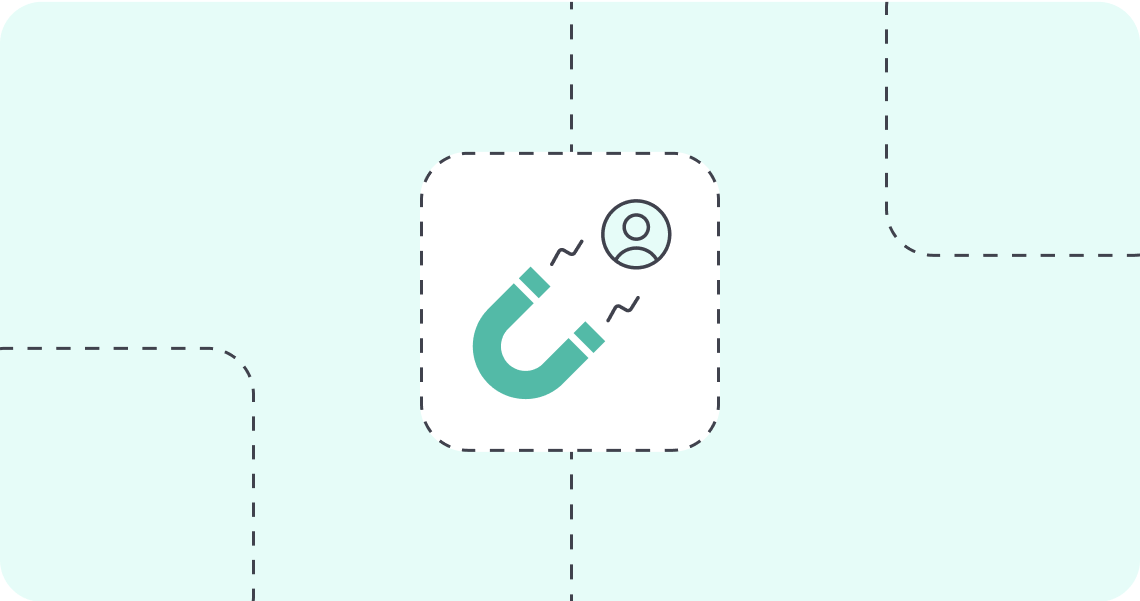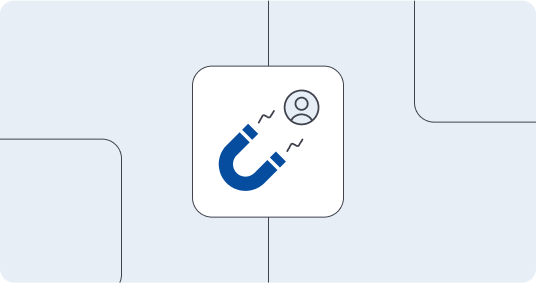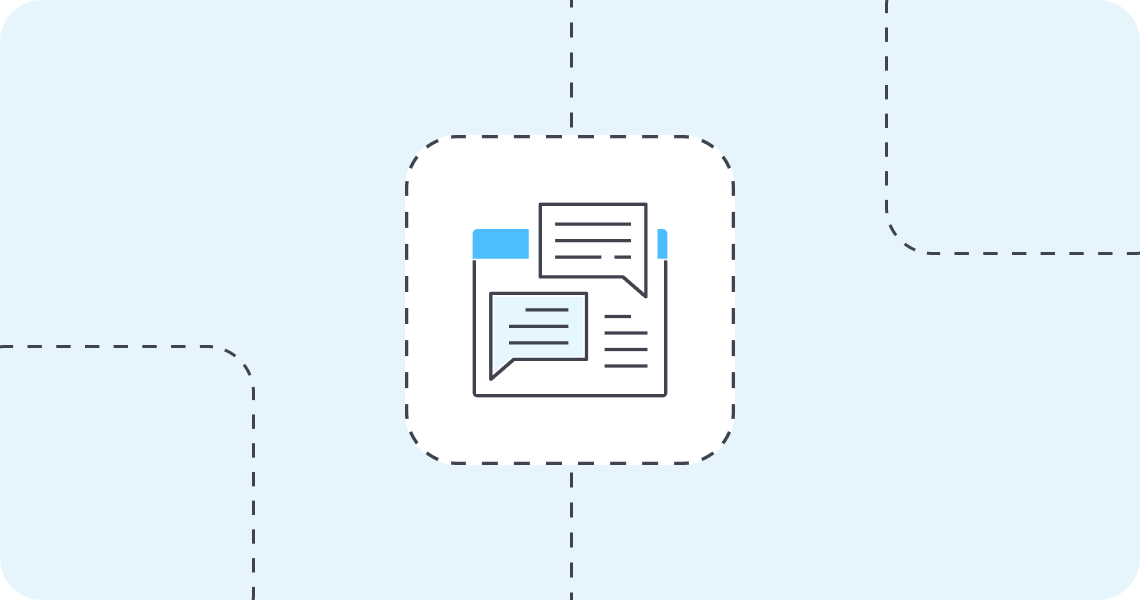The world of software development is a complex ecosystem of high demand, fierce competition, and evolving customer behaviors. Navigating this landscape requires not only sophisticated products and services but also a robust and strategic digital marketing approach. This post will delve deeper into a data-driven demand generation framework that can help software development firms stand out and succeed in the crowded digital market.
Understanding Software Development Firms
Software development firms have a unique position within the market and face distinctive growth challenges. There’s an enormous demand for software solutions, but competition is high, and costs per click can be expensive. To overcome these hurdles and penetrate this market effectively, a strong, compelling brand, coupled with a thoughtful marketing strategy, is crucial.
At 42DM B2B tech marketing agency, we advocate for an integrated approach that combines demand generation and inbound marketing tactics. Our strategy, underpinned by a data-driven demand generation framework, is designed to guide software development firms in boosting their digital presence, connecting with their ideal customer profile (ICP), and ultimately, driving business growth.


The Power of Branding
A strong brand is your secret weapon in this crowded market. When competition is high and costs per click are exorbitant, building your brand can help overcome these obstacles. It’s been found that the demand for a robust brand can outperform non-branded demand for the entire category by dozens of times.
A Blend of Demand Generation and Inbound Marketing
Our strategy at 42DM B2B tech marketing agency recommends an integrated approach, combining demand generation and inbound marketing tactics. Here’s why: When you’re in a category with high competition and a weaker brand, winning the search can be expensive and daunting due to the heavy competition in organic search.
You could choose to specialize in a specific and sophisticated type of development and win the search there. Alternatively, you could build demand for your specializations.
Introducing our Data-Driven Demand Generation Framework
Our framework comprises five stages, each with its own Key Performance Indicators (KPIs) and supporting metrics to evaluate success. We understand that the customer’s decision journey is not linear – expecting a linear attribution would underestimate the changes in user behavior over time. Our approach relies heavily on advanced analytics and a sophisticated tracking system integrated with your Customer Relationship Management (CRM) software.


- Build Awareness: Your goal is to boost your brand’s visibility among relevant audiences. Core metrics for this stage include brand requests and overall traffic growth. You can assess this through various channels, including paid social, B2B programmatic ads, video ads, and partnerships with opinion leaders and relevant communities.
- Connect & Engage: Now that you’ve captured attention, it’s time to engage your audience. Core metrics for this stage include returning visitors and subscribers (including social media, newsletter, webinars, podcasts, and blog subscribers). Utilize channels like organic social, podcasts, webinars and events, email marketing, blog, and community to reach out to your audience.
- Catch the Demand: At this stage, your focus should be on Marketing Qualified Leads (MQLs). Supportive metrics can include marketing email clicks and opens, traffic growth to high-intent pages, and questions in chats and social media. Employ channels like omnichannel remarketing, website high-intent pages, review platforms, email marketing, organic social, chatbots, blog, documentation section, SEO, paid search, and guest posts.
- Convert Demand into Opportunity: The goal is to transform leads into Sales Qualified Leads (SQLs) and opportunities. Monitor supportive metrics such as sales emails open and click rates, conversations with sales on LinkedIn, high intent form submissions, etc. Leverage channels like omnichannel remarketing, ABM advertising platforms, website high-intent forms, and email marketing to engage your prospects.
- Close & Develop:Finally, the goal is to convert opportunities into closed deals and then nurture these relationships. Core metrics include deals won, upsells, and leads coming from the client. This phase also involves referral programs, brand advocacy programs, email marketing, webinars, and ABM advertising programs.
Remember, each stage requires careful tracking and analysis to assess the effectiveness of your strategies and make necessary adjustments. When implemented correctly, this framework can help you build a strong, recognized brand, generate and convert high-quality leads, and establish long-term, profitable relationships with your clients.
The world of B2B services is always changing, but with a robust and effective strategy in place, your software development firm can rise above the competition and secure its place in the market.










